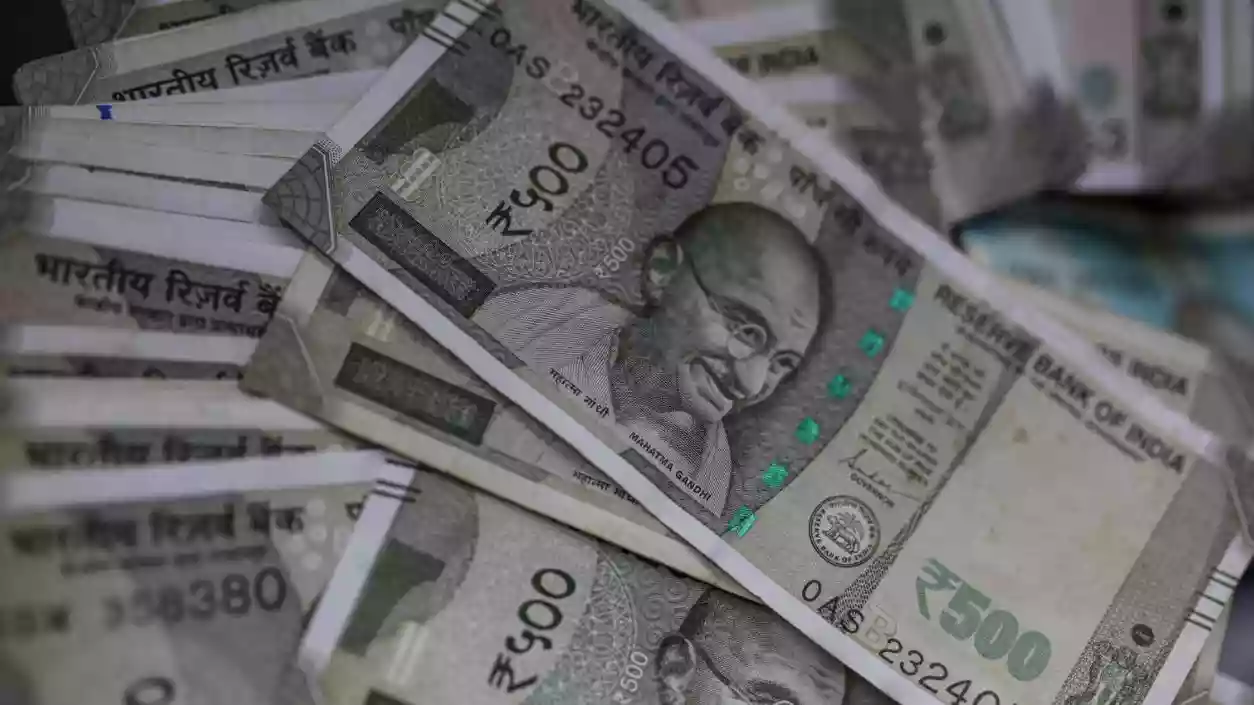Protests erupt outside Kasba Police station as 3 arrested in alleged Kolkata college gang rape
.gif)
.gif)

India is projected to record the fastest growth in its population of ultra-high-net-worth individuals (UHNWIs) globally, with a 50 per cent increase expected between 2023 and 2028, according to a report by McKinsey & Company and BoF. The report attributes this growth to economic expansion and increasing consumer interest in luxury goods and services.
The report forecasts that India’s luxury market will expand by 15 to 20 per cent in 2025. Tier-one cities are witnessing a rise in luxury infrastructure, with new malls and department stores such as Jio World Plaza and Galeries Lafayette contributing to increased availability of high-end retail space. These developments are aimed at catering to the demands of India’s growing affluent class.
To encourage domestic purchases, taxes on imported luxury goods valued above ₹7 lakh (approximately USD 8,400) have been increased. However, the Goods and Services Tax (GST) on luxury products within the country continues to remain high at 28 per cent. The combination of import curbs and domestic tax policies is likely to influence consumer behavior in the luxury segment.
Japan, which currently holds the second-largest UHNWI population in Asia, is expected to see a more moderate 12 per cent growth in UHNWIs between 2023 and 2028. Its luxury market is forecast to grow by 6 to 10 per cent in 2025, supported by strong domestic demand and tourism.
India’s economic growth has also been highlighted by the International Monetary Fund, with the country recently overtaking Japan to become the fourth-largest economy in the world. According to IMF data, India’s nominal GDP for fiscal 2026 is projected to reach USD 4.187 trillion, marginally ahead of Japan’s estimated GDP of USD 4.186 trillion.